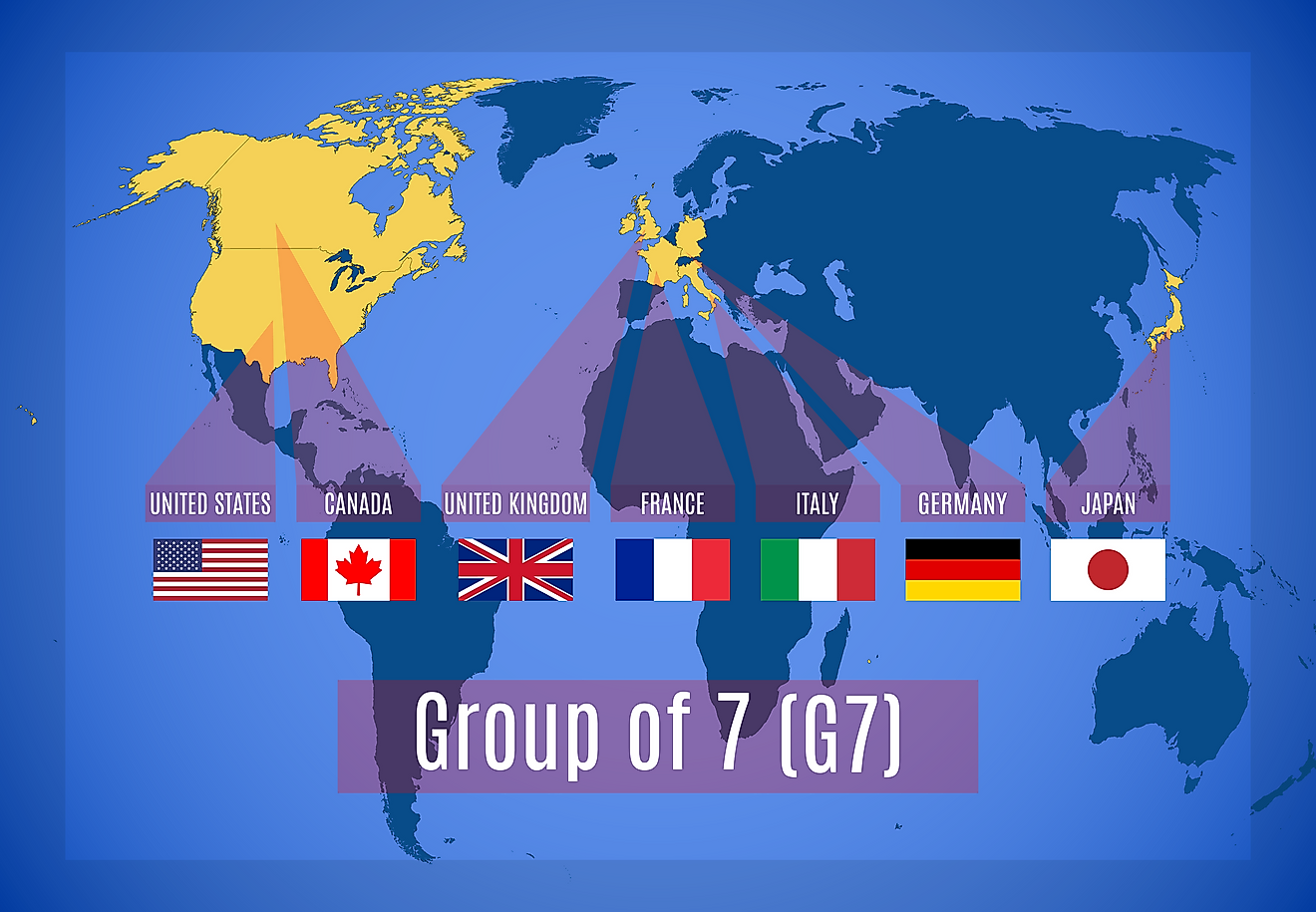3 Countries Who Have Nullified Presidential Elections

Presidential election nullification has only been done in three countries worldwide. Kenya joined Ukraine and Austria after the Kenya Supreme Court invalidated the 2017 Presidential election on September 1, 2017. The Kenyan presidential election nullification placed Kenya as the first country to do so in Africa.
3. Kenya
Kenya is an African country and a member of the East African Community. It borders Uganda, Tanzania, Ethiopia, South-Sudan, and Somalia. The government in Kenya is made of three arms; the legislature headed by Speakers of the National Assembly and the Senate, the Executive which is led by the president, and the Judiciary which is led by the Chief Justice. The 2010 Constitution stipulates elections in Kenya to be held every five years. On August 8, 2017, the general elections for members of Parliament, members of the devolved government, and elections for the President were held. After the electoral body declared President Uhuru Kenyatta as the elected-president, Raila Omolo, his primary challenger, went to Supreme Court seeking nullification of the results. The court heard Raila’s evidence presentation on August 28, 2017 and consequently granted the petitioner access to Independent Electoral and Boundary Commission transmission servers to what the court called “read-only” order. In what has been termed by many as a historic ruling, the Supreme Court of Kenya invalidated the presidential election citing transmission irregularities and ordered for a fresh election to be held within the following sixty days.
2. Ukraine
Ukraine is a country in located in Eastern Europe bordering Russia, Slovakia, Hungary, Poland, Belarus, Moldova, Roman, Sea of Azov, and the Black Sea. The Ukrainian government is run by a semi-presidential system where power is spread through its branches: the legislature, judiciary, and executive. As by the electoral law of Ukraine, a “two-round system” stipulates that whoever is running for the presidency must receive more than 50% of the total valid votes counted to be declared as the Elected-President. On October 31 and November 21, 2004, competitive presidential elections contested by the Prime Minister Viktor Yanukovych and his primary opponent Viktor Yushchenko were held. The Central Election Commission, the Ukraine’s electoral body, declared Viktor Yanukovych the winner of re-run election. The declaration led to street protests and what came to be referred as “Orange Revolution,” and a petition in Ukraine’s Supreme Court. Later, the court nullified the results and gave an order for a fresh election to be held which it took place on December 26, 2004, in which Viktor Yushchenko won with 51.99% against his competitor who garnered 44% of total votes cast.
1. Austria
Austria is a country in Central Europe bordering Slovakia, Hungary, Germany, Czech Republic, Italy, Slovenia, Liechtenstein, and Switzerland. The country is run today on a representative parliamentary democracy made up of the nine federal states. The presidential election is held after every six years and won on a popular vote with at least 50% of the total valid votes. On April 24, 2016, a presidential election was held; however, a repeat election took place on May 22 the same year because no candidate garnered the required 50% plus votes. The results of the re-vote presidential election were invalidated on July 22 after the Constitutional Court of Austria established that electoral laws had been violated in fourteen out of twenty disputed constituencies. The President of the Constitutional court said during the ruling that, “Even in a stable democracy only the total adherence to electoral standards secures the citizens’ trust in our democracy.” Another presidential election was slated for December 4, 2016, in which Van der Bellen once again won and assumed the office officially on January 26, 2017.











